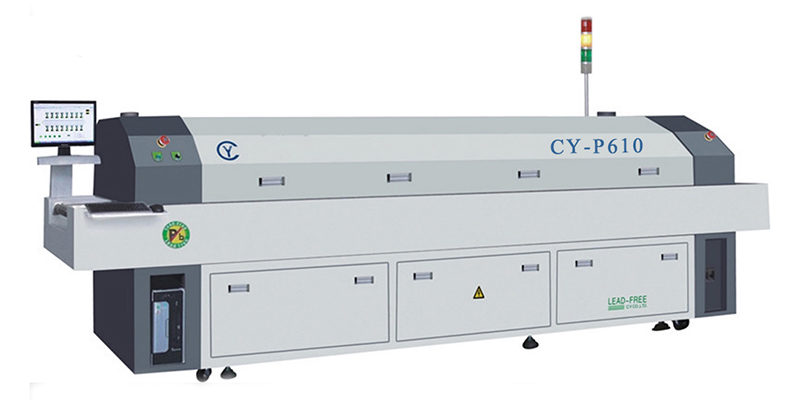Shenzhen Chengyuan Industrial Automation Equipment Co., Ltd. provides professional solutions and automation equipment for SMT intelligent factory production lines.
SMT mounter, lead-free reflow soldering, lead-free wave soldering, PCB conformal paint coating machine, printing machine, curing oven.
There is no doubt that the printed circuit board (PCB) is a milestone tool in human technology.
PCBs have become a means of optimizing the production process of electronic devices. In the past, these hand-built electronics had to be replaced by printed circuit boards. This is because more functions will be integrated on the board.
Compare the circuit board of a 1968 calculator with the motherboard of a modern computer.
1. Color.
Even for some people who don’t know what a PCB is for, they usually know what a PCB looks like. They at least look like they have one traditional style, which is green. This green is actually the transparent color of the solder mask glass paint. Although the name of the solder mask is solder mask, its main function is to protect the covered circuit from moisture and dust.
As for why the solder mask is green, the main reason is that green is the military protection standard. For the first time, PCBs in military equipment have used solder masks in the field to protect circuit reliability.
Solder masks are now available in a variety of colors, including black, red, yellow, and more. After all, green is not an industry standard.
2. Who invented the PCB?
The earliest printed circuit boards can be traced back to the Austrian engineer Charles Ducas in 1920, who proposed the concept of conducting electricity with ink (printing brass wires on the bottom plate). He used electroplating technology to make wires directly on the surface of the insulator and made a PCB prototype.
The metal wires on circuit boards were originally brass, an alloy of copper and zinc. This disruptive invention eliminates the complicated wiring process of electronic circuits, ensuring the reliability of circuit performance. This process did not enter the practical application stage until after the end of World War II.
3. Mark.
There are lots of white marks on the green circuit board. For years, people didn’t understand why these white prints were called “silkscreen layers”. They are mainly used to identify component information on the circuit board and other content related to the circuit board. This information can help circuit engineers check the board for faults.
Post time: Feb-28-2023


